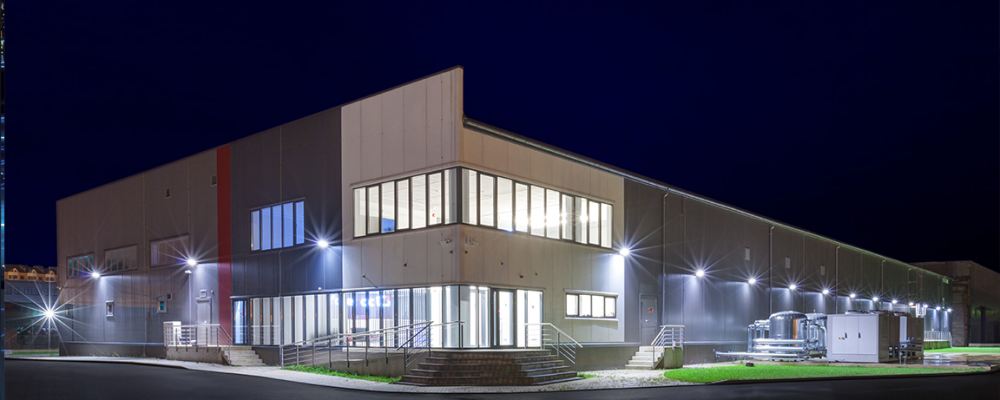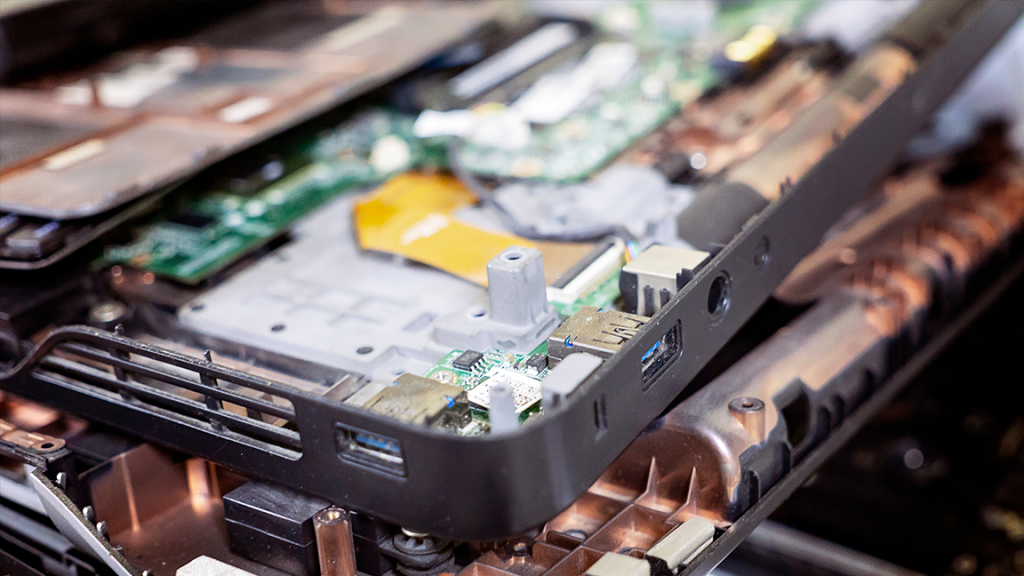What Are Data Center Tiers and Why Do They Matter?
In our modern world, it is no secret that businesses heavily rely on data storage and processing, understanding the significance of data center tiers and adhering to industry standards has become crucial.
Data center tiers, ranging from Tier 1 to Tier 4, represent a comprehensive classification system established by organizations like the Uptime Institute to evaluate the reliability, redundancy, and efficiency of data centers. As experts in the field, Sphaera not only ensures that your organization’s data infrastructure aligns with these rigorous standards but also introduces the concept of Tier 5 data centers, pushing the boundaries of excellence and revolutionizing the industry. Join us as we explore the fascinating world of data center tiers and unravel why they matter in today’s fast-paced digital landscape.
What Do Data Center Tiers Really Mean?
The impact of data center tiers on network performance is substantial and cannot be underestimated. The most common Data Center Tier classifications have been established by the Uptime Institute that provides a basis for comparing overall availability, or uptime, for data centers.
Tier 1 data centers, although basic in their infrastructure, can still serve as entry-level solutions for businesses with limited requirements. Tier 1 data centers provide single non-redundant power connection, dedicated cooling, and uninterruptible power supply (UPS) to guard against spikes, sags, and momentary outages.
As we ascend the tiers, the performance and reliability of the network experience significant improvements.
Uptime Institute certification for Tier 2 data centers signifies the implementation of a single path of power & cooling with some redundant critical infrastructure components resulting in increased availability and reduced downtime.
Moving up to Tier 3, the enhanced redundancy and fault tolerance further bolster network performance. Tier 3 data centers provide for redundant capacity components (for power, cooling etc.) as well as independent and redundant distribution paths. The availability of extensive redundancies in components and paths result in a very low downtime.
With Tier 4 data centers, characterized by their fully fault-tolerant design and redundant systems operating in parallel, businesses can expect an unparalleled level of network performance, minimizing the risk of disruptions and ensuring seamless operations.
The new concept of Tier 5 data centers introduces an advanced infrastructure and power system where redundancy redefines network performance benchmarks.
Tiers 3 & 4: Benefits & Distinctions
Having a Tier 3 or Tier 4 data center brings numerous benefits that contribute to the success and resilience of businesses. One of the key advantages is server infrastructure redundancy. Both Tier 3 and Tier 4 data centers offer redundant systems, ensuring that critical components such as power, cooling, and network connectivity have backup alternatives. This redundancy minimizes the risk of single points of failure, thereby enhancing the overall reliability and uptime of the infrastructure.
Additionally, Tier 3 and Tier 4 data centers enable businesses to implement robust disaster recovery plans. With redundant systems and multiple paths for power and connectivity, these data centers provide a solid foundation for disaster recovery strategies, enabling swift and efficient data restoration in the event of an unforeseen event.
Moreover, Tier 3 and Tier 4 data centers offer server scalability options, allowing businesses to easily expand their infrastructure as their needs grow. This scalability ensures that the data center can accommodate increasing demands without compromising performance or availability. By harnessing the benefits of Tier 3 or Tier 4 data centers, organizations can enjoy improved performance levels, increased operational efficiency, and a resilient infrastructure that can adapt to their evolving requirements.
When it comes to comparing Tier 3 and Tier 4 data centers, the distinctions lie in the level of redundancy and fault tolerance they offer. Tier 3 data centers, certified by the Uptime Institute, provide a high level of availability with multiple power and cooling distribution paths, ensuring that the infrastructure remains operational during maintenance or equipment failures. These data centers offer N+1 redundancy, meaning there is at least one additional backup component for every critical system. However, if the redundant components or distribution paths are shut down for maintenance, the risk of a downtime increases in case of a failure in the primary environment.
In contrast, Tier 4 data centers raise the bar by incorporating a fully fault-tolerant design, guaranteeing the highest level of uptime. They employ redundant components and systems that operate in parallel to eliminate any single point of failure. Moreover, Tier 4 data centers boast advanced environmental controls for servers and storage systems, along with active/passive power distribution, which further enhances reliability and resilience. Having a provider that guides you in making informed decisions by providing comprehensive insights into the differences between Tier 3 and Tier 4 data centers, enables you to select the most suitable solution that aligns with your specific requirements.
Conclusion
At Sphaera, we critically understand data center tiers and their impact on your business. Our commitment to excellence goes beyond simply ensuring that your organization’s data infrastructure aligns with industry standards. With our expertise and guidance, you can harness the benefits of tiered data centers, experiencing the advantages of server infrastructure redundancy, robust disaster recovery plans, and server scalability options. Our comprehensive insights into the differences between data center tiers empower you to make informed decisions, selecting the most suitable solution that aligns with your specific requirements. Trust Sphaera to provide you with a resilient and high-performance data center solution, enabling you to thrive in today’s fast-paced digital landscape.




